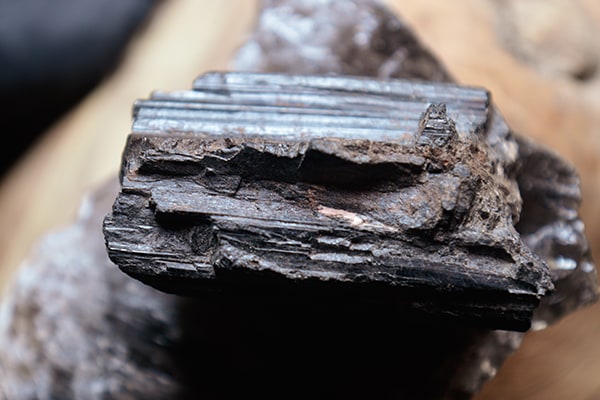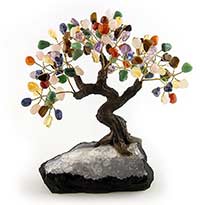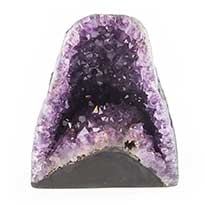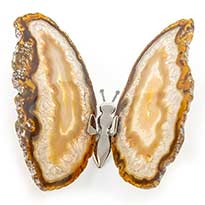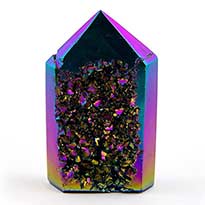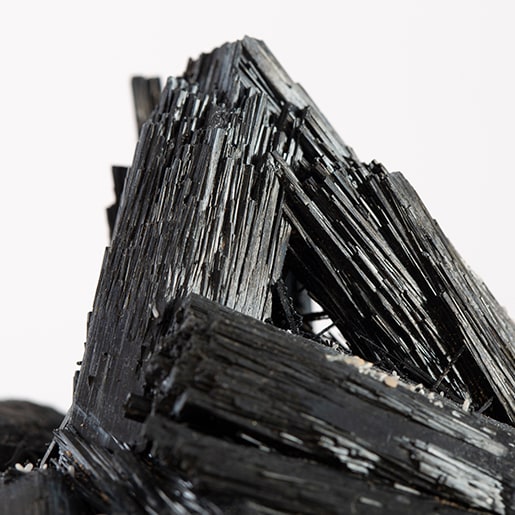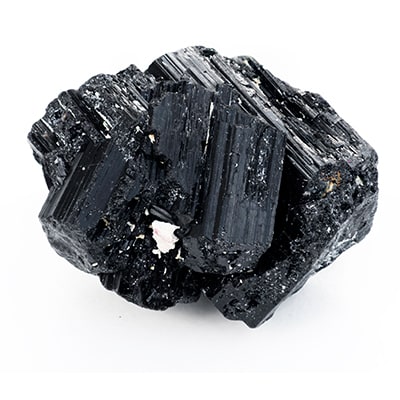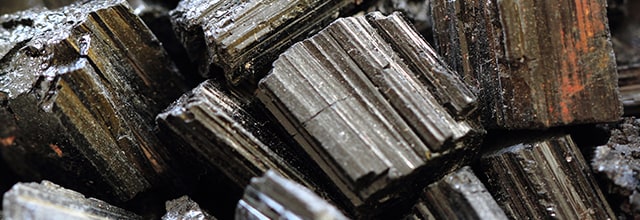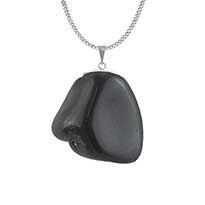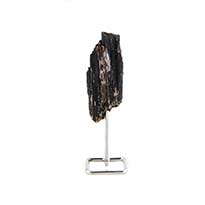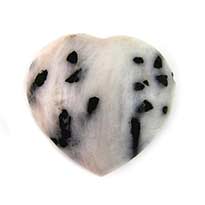Opal and Tourmaline Origin
Legend has it that during ancient Egyptian times, Tourmaline acquired its range of colors by passing through a rainbow on its journey from the center of the Earth. Its brilliance has often made it mistaken for other precious gems throughout history. In the 1500s, a Spanish conquistador discovered Green Tourmaline in Brazil and mistook it for Emerald. It wasn’t until the 1800s that mineralogists finally identified it as Tourmaline. The town of Zschorlau in Saxony, Germany, was located near a mine with deposits of black tourmaline. The Dutch East India Company brought Tourmaline from Sri Lanka to Europe for many years.
In the 1890s, California became a source of Tourmaline, which had been given as memorial gifts by Native Americans for many years. At that time, China was the primary market for Tourmaline, especially pink Tourmaline, which was loved by a Chinese Empress who purchased a significant amount from San Diego. However, when the Chinese government collapsed in 1912, the Tourmaline trade suffered due to the loss of such a critical market.
In the 1980s and ’90s, discoveries of Tourmaline in Brazil renewed interest in this gemstone. Paraiba yielded stunningly vivid violet, green, and blue hues in its mined material. This location is home to the world’s largest Tourmaline, weighing 191.87 carats, and has produced the finest and most significant examples of this gemstone. Although Tourmaline is mined globally, it is rare to find high-quality specimens with such brilliant colors. Additionally, the price of Tourmaline for those born under the Libra sign can vary greatly depending on color and quality.
